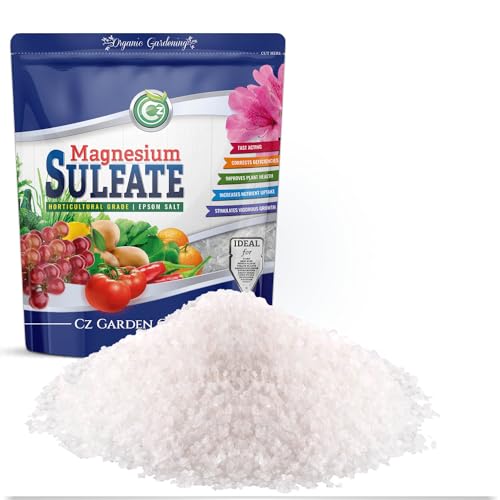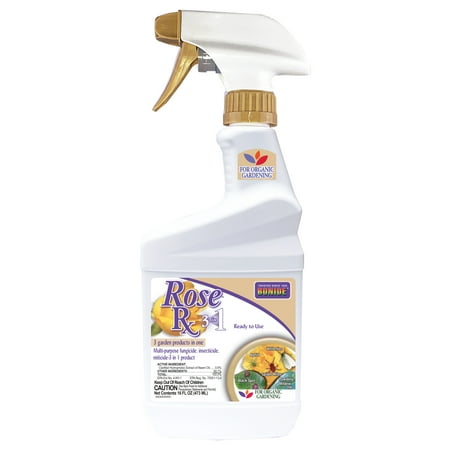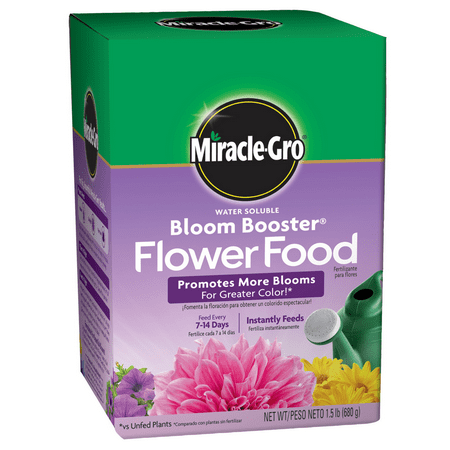Why does my clematis plant have yellow and brown leaves? Expert advice for healthier climbers
Discover the likely causes and learn how to treat yellowing or browning clematis foliage
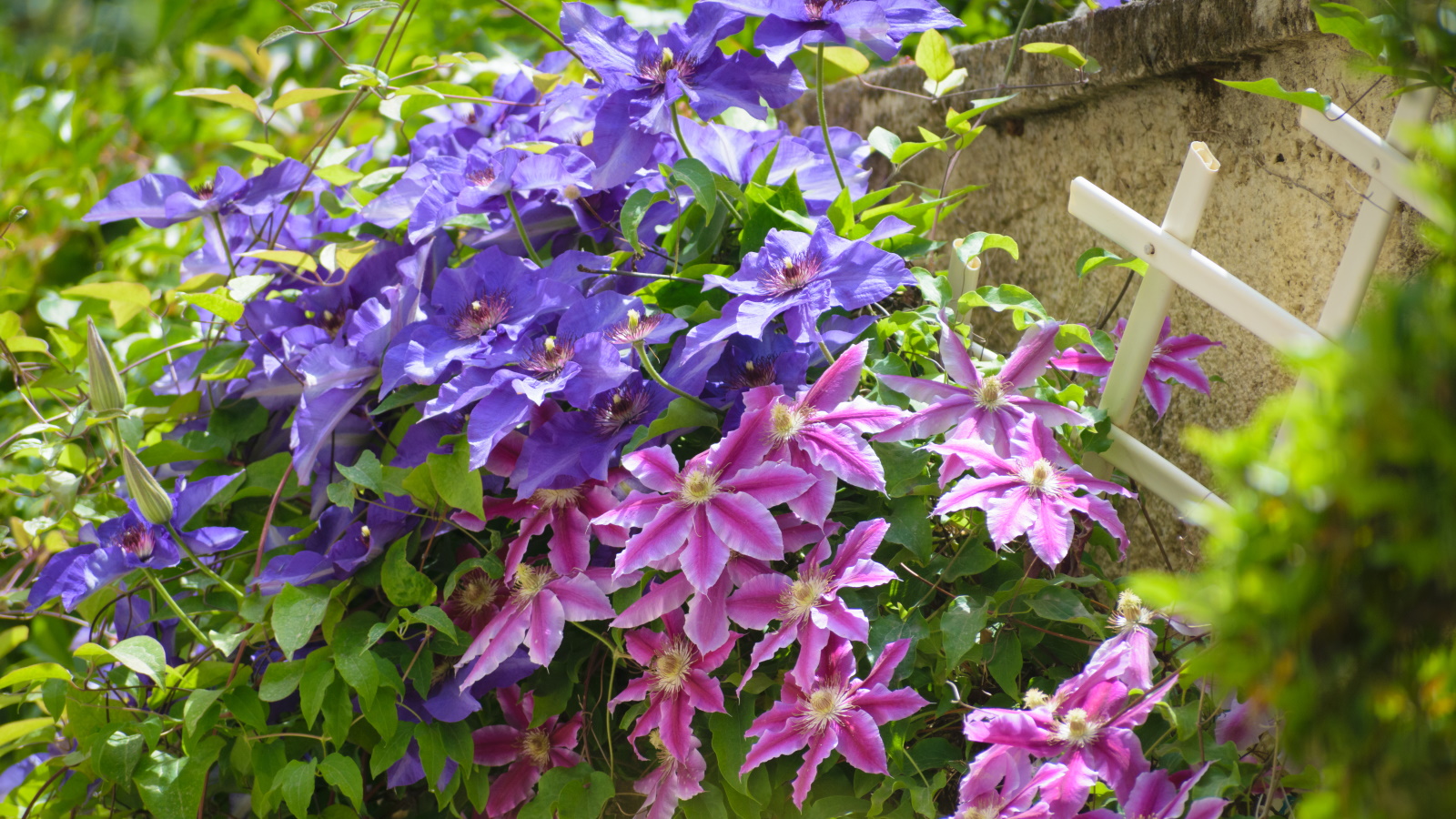

Clematis are often considered some of the best flowering climbers and it is easy to see why. With over 350 clematis species, there are many different shapes, sizes, and forms to admire. Some are evergreen, such as Clematis armandii, which is prized for producing winter blooms, while most are flowering perennials that erupt with color in spring or summer, like Clematis jackmanii, with its large, star-shaped purple blooms, seen in the image above.
When considering how to grow clematis, many gardeners will consider these climbers as low-maintenance, which for the most part, is true. We are used to seeing clematis happily trailing and vining over fences and garden walls, producing a bounty of flowers and lush new foliage every year. However, clematis plants can sometimes appear sickly, with yellowing and browning foliage a cause for concern. While this is rarely fatal, prompt and effective treatment can prevent small issues from spiraling into bigger problems.
I have grown many different clematis varieties when working as a professional gardener, both in the ground and in containers. Here, I share everything I know about yellowing and browning clematis leaves, helping you to keep your favorite flowering plants healthy and full of blooms.

Why does my clematis plant have yellow and brown leaves?
Some of the best clematis varieties, including pale leather flowers, can steal the show in the spring and summer, with large colorful blooms that garden visitors and pollinators love. Browning or yellowing foliage can be a worry, and there could be any number of reasons why the leaves on your plant seem sickly. With speedy and appropriate action, you can prevent problems from spreading and spoiling your clematis display.
Yellow clematis leaves
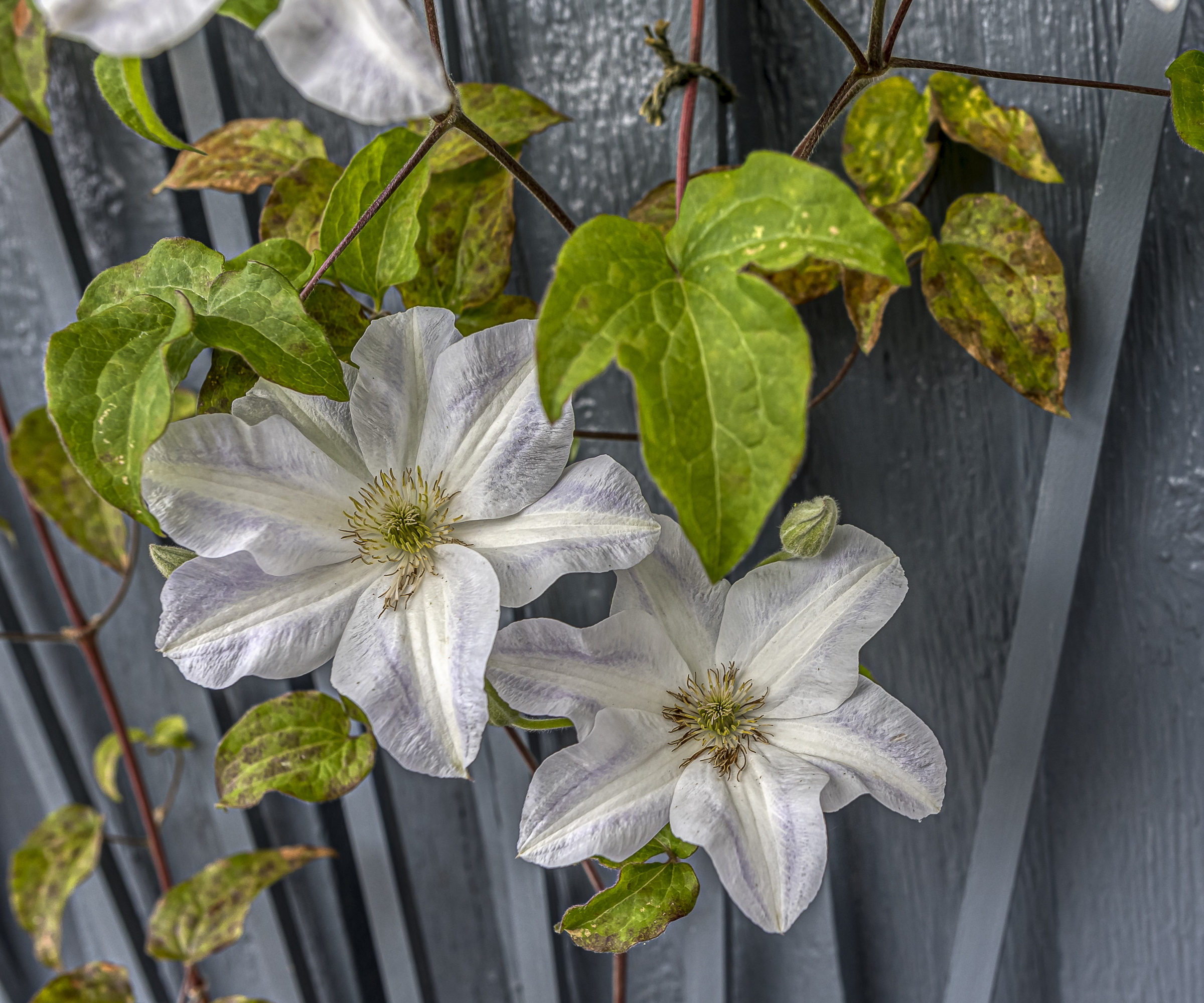
Yellowing foliage is a sign that your plant is not happy. This process is called chlorosis, whereby there is a lack of green chlorophyll making the foliage appear yellow.
In the first instance, yellowing foliage would suggest poor drainage. Check the soil at the base of your plant to assess for waterlogged soil. If this is the case, improve the quality of your soil by incorporating mulch and organic matter every year. Organic mulch is available to buy online from Amazon.
Yellowing leaves can also be a sign of nutrient deficiencies. Soil testing kits, available from Walmart, are a good way to quickly identify if your borders are lacking in essential nutrients and minerals. It is best to assess nutrient makeup before taking action, as otherwise, you might be fertilizing clematis plants when it is not necessary.
Design expertise in your inbox – from inspiring decorating ideas and beautiful celebrity homes to practical gardening advice and shopping round-ups.
Once you have concluded whether or not there is a nutrient deficiency problem, you can take effective action. For example, one of the main reasons for yellowing leaves can be a sign that there is not enough magnesium in the soil. If your borders are depleted of magnesium, you can apply epsom salts for plants, available from Amazon.
Finally, ensure that your clematis is planted in the correct position in the yard. While this will be specific for different clematis species, most prefer direct sun and free-draining soil. Damp, shady environments can lead to problems associated with yellowing or wilting leaves, such as mildew.
'Clematis can be subject to mildew and should be given correct irrigation and good air circulation,' says Dan Long, clematis expert and owner of Brushwood Nursery, a nursery specializing in clematis plants based in Georgia.
'Get ahead of the problem rather than trying to catch up after the damage has started,' Dan says, 'by applying an organic product to prevent or treat mildew outbreaks early.' Organic mildew treatments are available from Walmart.
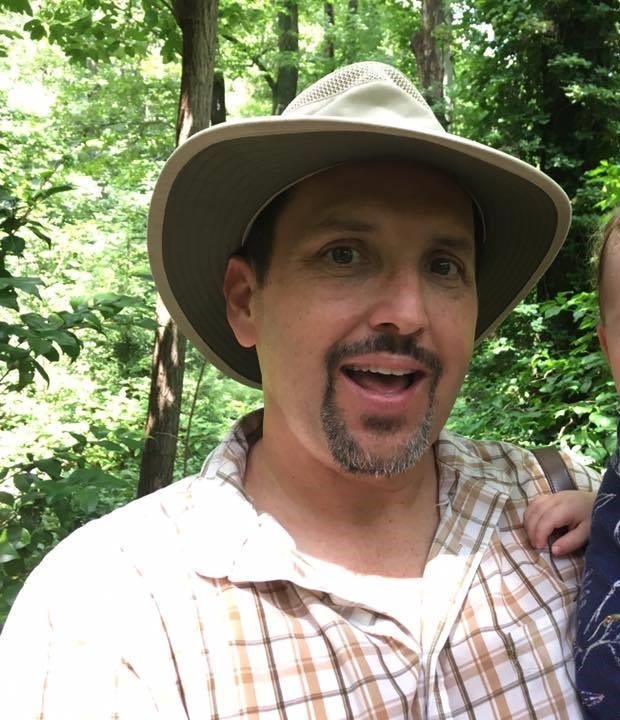
Dan is the owner of Brushwood Nursery, a mail-order plant company specializing in Clematis and other climbers. Founded in Kennett Square, PA, he and his wife Becky moved the business to her hometown of Athens, GA in 2010. Dan loves gardening, especially with clematis, and is an avid beekeeper.
Shop clematis accessories
Brown clematis leaves

Browning clematis leaves can be a sign that your plant is dry or sun-scorched. Check the soil at the base of the plant, if it is dry to a depth of 2 inches, then you need to water your climber. This will be a common issue in the summer when temperatures rise, so be sure to water regularly and arrange for watering help if you are going on vacation.
I would also advise to assess for slug and snail damage. Often, these invertebrates can eat stems lower down the plant, causing wilting and browning further up the plant. Consider our guide on slug control methods, or organic slug and snail repellents are available from Walmart. In a previous gardening job in the UK, I found several clematis stems browning and dying, only to investigate and find chomped stems from hungry pests.
If watering or pest damage does not seem to be the problem, then it might be a sign of clematis wilt, which scientists believe is caused by a fungus. While there is no effective treatment, consider pruning your clematis and removing any brown, drooping foliage. It is best to dispose of this waste appropriately avoiding depositing the affected leaves on the compost heap. Planting your clematis in a sunny, open and aerated spot will help to reduce the risk.
FAQs
What does an overwatered clematis look like?
Overwatered clematis plants can exhibit yellowing foliage. If your plant has yellow leaves, check the soil to see if your borders or containers have poor drainage. If this is the case, stop watering, and begin to mulch your soil to improve drainage.
Clematis plants are generally pest and problem-free, but if leaves suddenly turn yellow or brown, it is best to take swift and effective action. For more clematis growing advice, see our guide on how to revive woody clematis.

Thomas is a Content Editor within the Gardens Team at Homes and Gardens. He has worked as a professional gardener for both public spaces and private estates, specializing in productive gardening, growing food and flowers. Trained in Horticulture at the Garden Museum, he has written on gardening and garden history for various publications, including The English Garden, Gardens Illustrated, Hortus, The London Gardener and Bloom. He has co-authored a Lonely Planet travel book, The Tree Atlas, due out in 2024.
